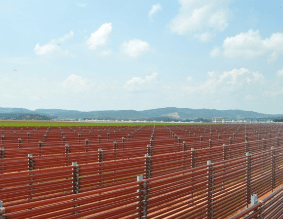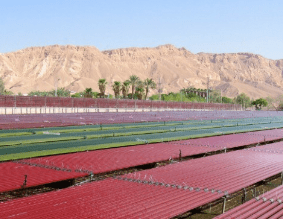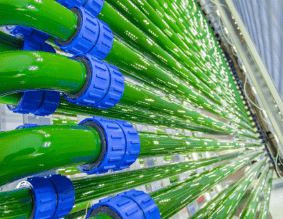
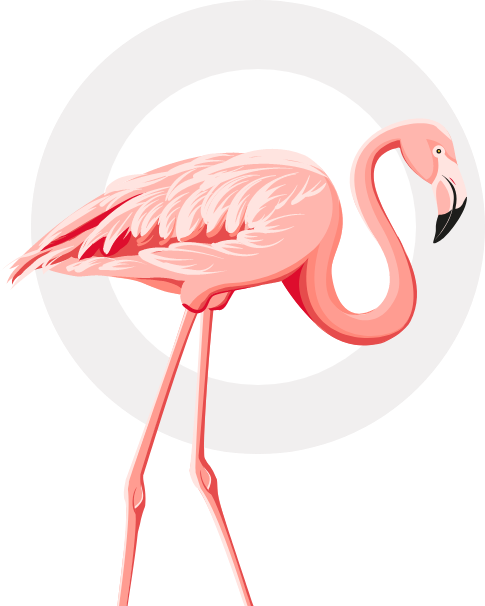
What is Astaxanthin?
Benefits of Astaxanthin

Joint Health

Brain Health

Eye Health

Cardiovascular Health


Skin Health

Immune System

Anti-Cancer

Exercise Recovery
Benefits of Astaxanthin

Joint Health

Brain Health

Eye Health

Cardiovascular Health

Skin Health

Immune System

Anti-Cancer

Exercise Recovery

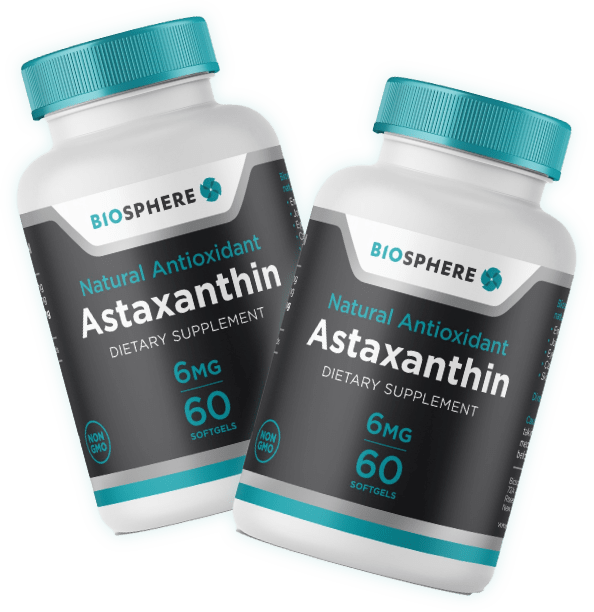
Biosphere Astaxanthin
Astaxanthin vs. Common Antioxidants
Astaxanthin possesses extraordinary antioxidant properties, much stronger than regular supplements. Compared to the other 700 carotenoids known to man today, Astaxanthin is the most powerful of antioxidants.
Astaxanthin vs. Super Foods
FREE RADICAL ABSORPTION
SINGLET OXYGEN QUENCHING
ORAC (Oxygen Radical Absorbance Capacity)
is a laboratory analysis that provides an overall measure of a food’s antioxidant activity. The test works by challenging a food product with an oxidizing agent, and then measuring the overall capacity of that food to resist oxidation.
ORAC (Oxygen Radical Absorbance Capacity)
is a laboratory analysis that provides an overall measure of a food’s antioxidant activity. The test works by challenging a food product with an oxidizing agent, and then measuring the overall capacity of that food to resist oxidation.
Astaxanthin vs. Super Foods
ORAC (Oxygen Radical Absorbance Capacity)
is a laboratory analysis that provides an overall measure of a food’s antioxidant activity. The test works by challenging a food product with an oxidizing agent, and then measuring the overall capacity of that food to resist oxidation.
ORAC (Oxygen Radical Absorbance Capacity)
is a laboratory analysis that provides an overall measure of a food’s antioxidant activity. The test works by challenging a food product with an oxidizing agent, and then measuring the overall capacity of that food to resist oxidation.
Medical Studies

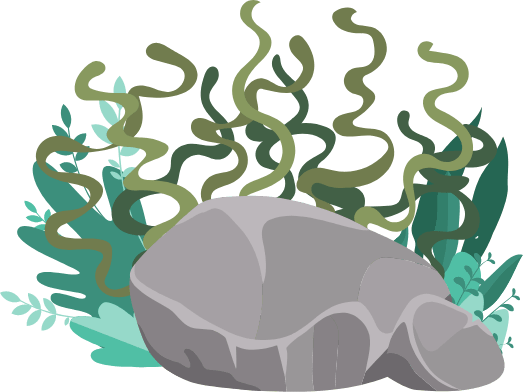
Astaxanthin In Nature
Natural astaxanthin is typically found in a range of marine life, specifically the red and pink coloured kind like salmon, lobsters, flamingos, and krill. These marine creatures all feed on algae that produces astaxanthin, making them pink. When stressed, this algae goes into survival mode, excreting astaxanthin to act as a ‘force field’ around it. The astaxanthin protects the algae from changes in its environment such as ultra-violet light, a lack of nutrition or a change in temperature. Natural astaxanthin allows these algae to live for over 40 years with no food or water in harsh environments.
While you can obtain astaxanthin naturally through seafood this table below gives you an example of how much it contains compared to the algae source.
SOURCE
ASTAXANTHIN CONCENTRATION (PPM)
Astaxanthin Produced Around The World
Frequently Asked Questions
Natural astaxanthin from Haematococcus Pluvialis algae is a far superior form of Astaxanthin compared to the synthetic versions derived from petrochemicals. Up to 20 times stronger as an antioxidant, the natural astaxanthin can provide a much greater health benefit than the synthetic versions. Synthetic astaxanthin has not had the extensive safety and health testing as natural astaxanthin. It’s made in the laboratory in a very elaborate process that turns it from oil into astaxanthin. When you eat farm raised salmon, this synthetic astaxanthin is what you’re getting.
Recommended doses range from 2mg to 12mg per day depending on current health and targeted health condition. If you are not consuming a lot of wild seafood on a regular basis but are in good health, low doses of 2-4mg of Astaxanthin is recommended. For people with chronic joint pain, detraining vision, or sensitive skin experts recommended a higher dose of 8-12mg of Astaxanthin per day.
When taking extremely high doses around 50mg per day one may experience a slightly orange tinge in the skin. There are no harmful side effects in any of the safety studies performed on Astaxanthin. There are no known warnings of taking astaxanthin while on any other medications.
Astaxanthin is a fat-soluble supplement, best taken with a meal, especially one with plenty of fats. Most Astaxanthin comes in oil based capsules for improved absorption, but it is still recommended to take with food. Time of the day does not matter.
Astaxanthin takes a couple of weeks of supplementation before the benefits are noticed. It does not work overnight like a prescription drug but rather bio-accumulates in the body. With a half-life of roughly 16 hours, regular supplementation will build up adequate levels over a couple of weeks.
Biosphere Nutrition sells top quality natural Astaxanthin.
